Jan 1, 1600-1600
United States of America
Iroquois Sex Strike
Share
ACTIVISTS/ACT.GROUPS/DESCRIPTION OF THE GROUP
Iroquois women
TARGET
Iroquois men
WIDELY HELD BELIEF
Unnecessary wars must stop.
CASE NARRATIVE
Issue and opponent: Tribal Iroquois women decided on a Lysistratic non-action (boycotting sex and childbearing) to stop unregulated warfare and to gain more decision-making powers related to war and peace. The Tribal Iroquois women targeted the Iroquois men to gain more power. The Iroquois Indian Nations was a group of several indigenous tribes in North America.
Dilemma Action: In the 1600’s the Iroquois Indian Nations were constantly engaging in warfare with other tribes. For years, the men of the tribe controlled when the tribe went to war and against whom. The Iroquois women did not like that they had no control and only men were allowed to decide to go to war. The women began a Lysistrata non-action boycotting sex and childbearing. This was a powerful tactic because Iroquois men believed that women knew the secret of birth. After this, the women restricted the warriors’ access to supplies. Women traditionally held control over the supplies because they were responsible for planting and cultivating crops.
Outcome: Iroquois men gave the Iroquois women the power to veto the decision to go to war and to stop wars altogether.
PRIMARY STRUGGLE/GOAL
NONVIOLENT TACTICS USED
DA TACTICS USED
Lysistratic nonaction
CASE NARRATIVE WRITER
SUCCESS METRICS
2 / 12
(CONC) Concessions were made
(EREP) Dilemma action got replicated by other movements
PART OF A LARGER CAMPAIGN
0 / 3
RESOURCES
Project documentation
Dilemma Actions Coding Guidebook
Case study documentation
Dilemma_Actions_Analysis_Dataset
SOURCES
Vanchieri, Nicole. 2011. “Iroquois women gain power to veto wars, 1600s.” Global Nonviolent Action Database, April 17. Retrieved July 13, 2023. (https://nvdatabase.swarthmore.edu/content/iroquois-women-gain-power-veto-wars-1600s).
Hand, Judith. 2004. “Women, Power, and the Biology of Peace,” Questpath Publishing. Retrieved July 13, 2023. (https://www.afww.org/women-power-and-the-biology-of-peace.html).
Schaaf, Gregory. 1988. “From the Great Law of Peace to the Constitution of the United States: A Revision of America’s Democratic Roots.” American Indian Law Review 14.2. Retrieved July 13, 2023. (http://www.jstor.org/stable/20068293).
Sharp, Gene. 1973. “The Politics of Nonviolent Action.” Boston: Porter Sargent. Retrieved July 13, 2023. (https://www.bmartin.cc/pubs/peace/73Sharp/).
Smith, Sharon. 2018. “Engels and the Origin of Women’s Oppression.” International Socialist Review 2, July. Retrieved July 13, 2023. (http://www.isreview.org/issues/02/engles_family.shtml).
Related cases
Aug 1, 2021-2021
United Kingdom
The issue was that banks continued to invest in fossil-fuel companies while claiming to support green initiatives. The Race to Disaster campaign was meant to raise awa...
/
Sep 1, 2011-2011
Philippines
Issue and Opposition: Women of a Filipino village named Dado situated on Mindanao island were tired of all the in-fighting and conflicts their husbands and male partne...
/
May 1, 2007-2007
United States of America
In May 2007, a group of white supremacists from across the United States, including members of the Ku Klux Klan (KKK), an American hate group, converged on Knoxville, ...
/
Subscribe to our newsletters to get full access to all materials on our website.

